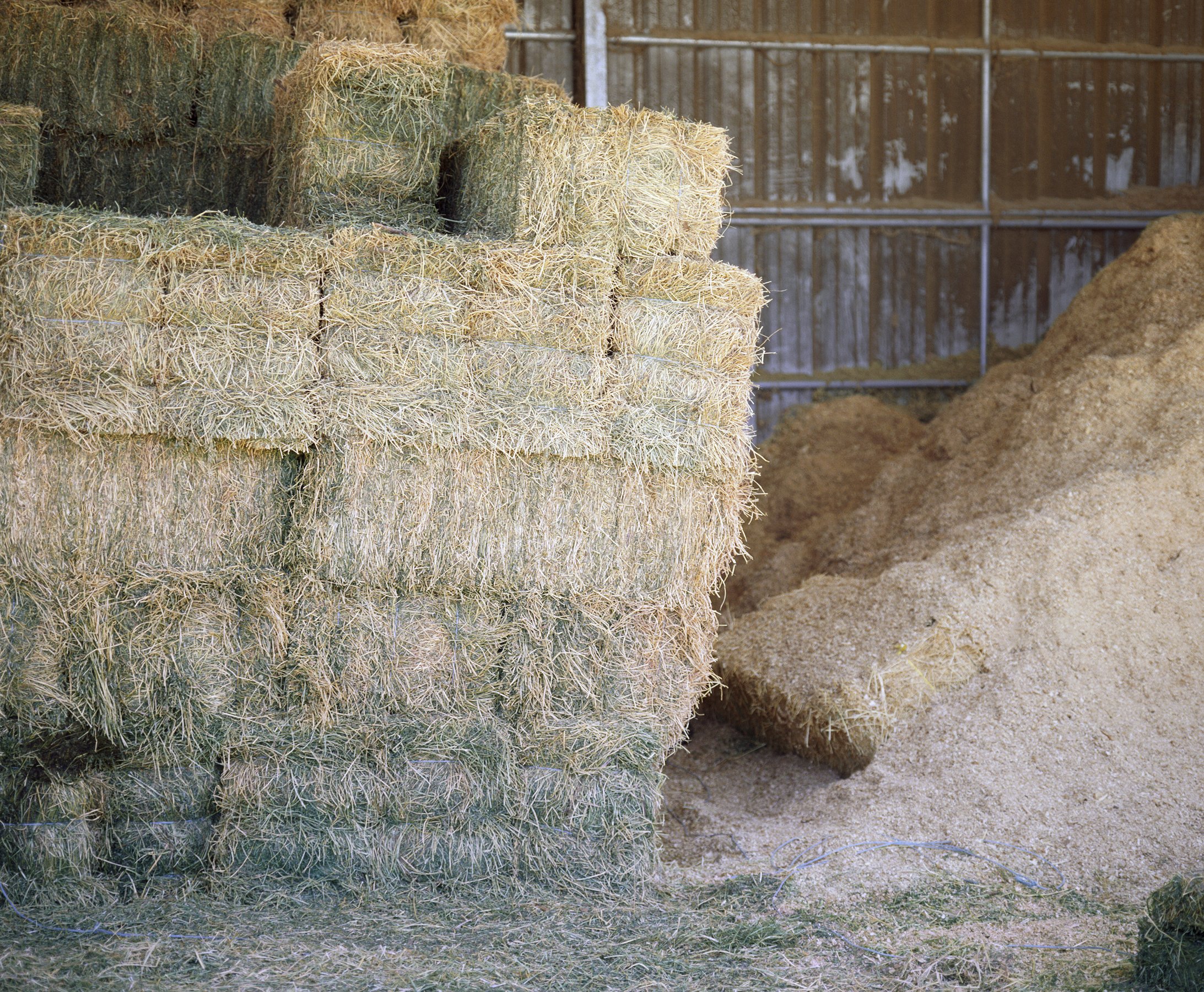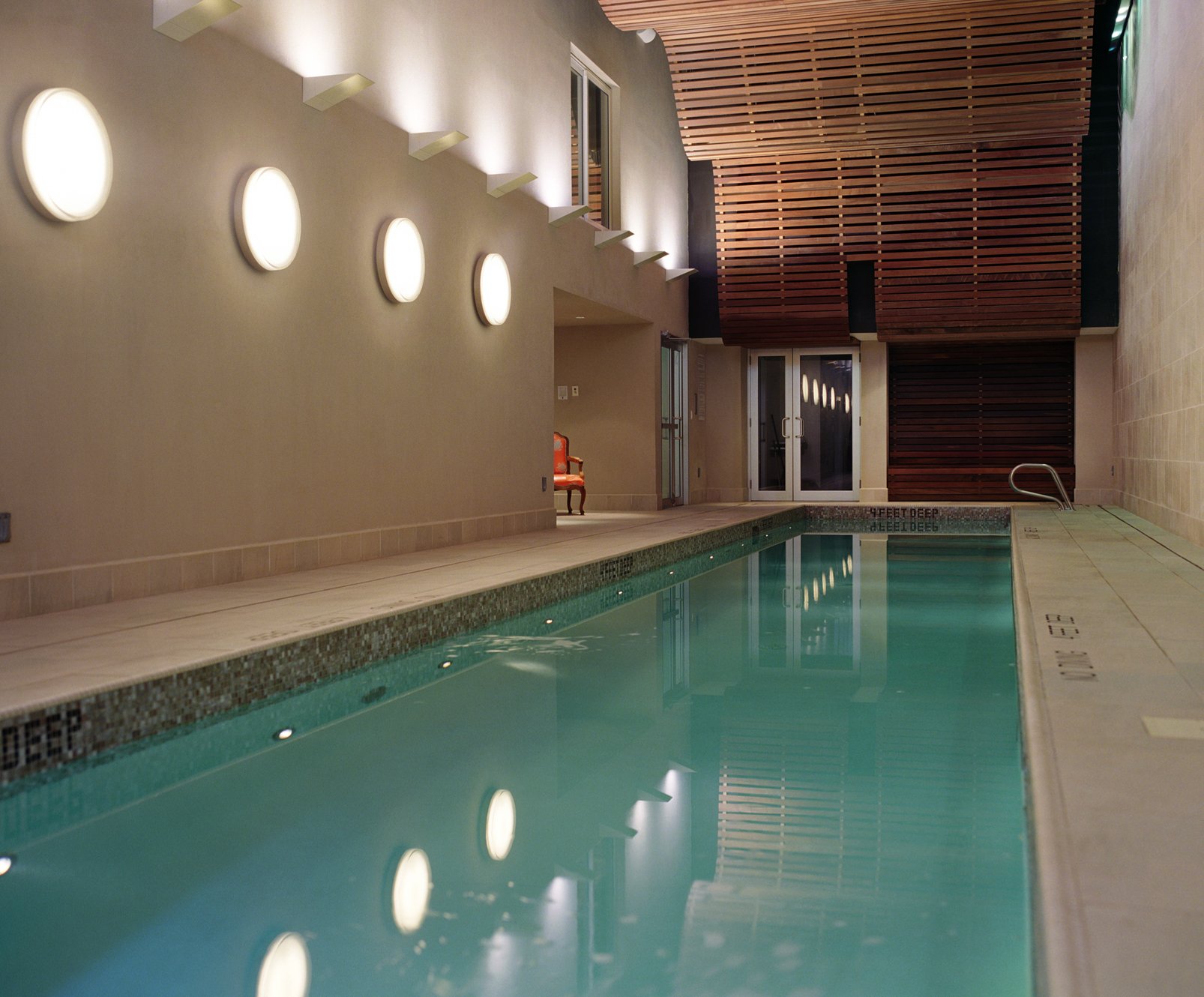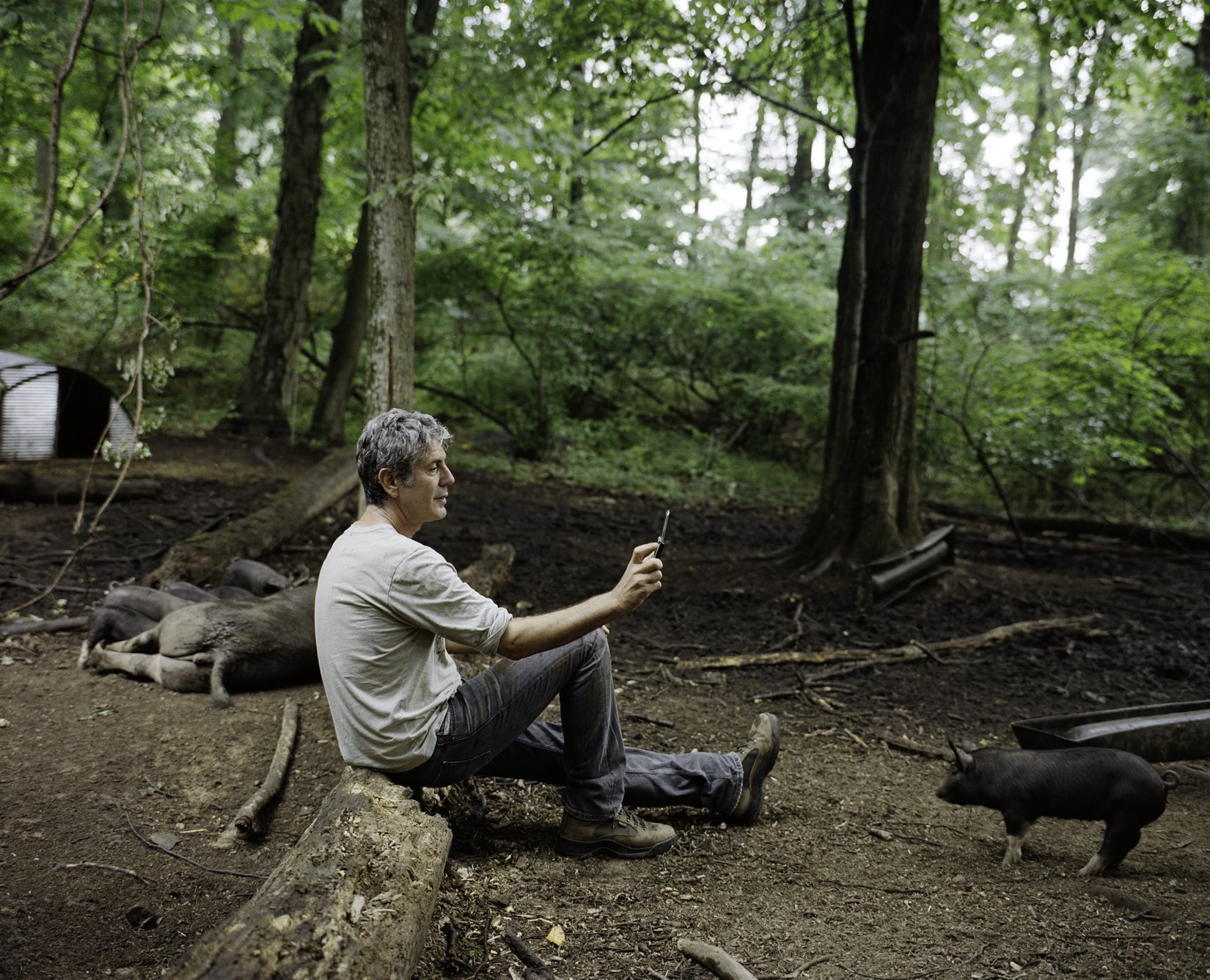Presence Interview, Part One
As I was wrapping up the shooting of Presence I asked esteemed colleague Andrew Hetherington if he would help me with a Q&A about the project, as possible inclusion in the book. The interview was done on a park bench in the East Village of New York in August of 2010, and hasn’t been released until now.
Why is the book called “Presence”?
It refers to one sensing that the celebrity subject is in there despite their not being visible.
How long have you been shooting it?
For four years now. Let me show you my latest one! It’s Chuck Close, I just did it this last weekend. I’m very excited about it, as I’ve been trying to get him for a while. I was contacting him via his gallery and apparently he was interested, but nothing really came of it.
I was riding my bike on what they call Summer Streets (they close Lafayette and Park Ave between 72nd Street and the bottom tip of Manhattan for a few hours on a Saturday morning) and I’d ridden my bike all the way up to top and was coming back down Lafayette and I kind of looked over my shoulder and saw that his door was open and with a quick glance I saw, what I thought was a wheelchair – it was this dark silhouette in the back room and I’m like, “it’s Chuck.” And, I said to myself, “I’m just going to finish up my bike ride and I’m going to see him with my new mock-up in a couple of months.” Then I’m riding along and I couldn’t get it out of my mind and I’m like “Am I crazy?” So, I went home and I grab my Mamiya 67, my meters, color filters and a tripod. Then I changed my t-shirt because it was totally soaked and got in a cab.
So you walk in and you go, “Hey Chuck, I’m here”?
When I got back to his place the door was still open, to my amazement. I walked quickly and confidently in with the book mock-up in my hands and his assistant is like “Whoa, hey.” “I’m here to see Mr. Close,” and he looks at me and says, “Do you have an appointment?” I say no, and he was out but I was welcome to wait outside the studio.
I did wait and within five minutes he appeared. I introduced myself and showed him my earlier mock-up and in a friendly but quiet tone he said, “Oh yeah, I know this. Page me through it.” So right there on the sidewalk I paged him through the whole book and said who each person was. At the end he says, “Yeah, I’ll do it.” I showed him that I had my camera with me and although we looked at his studio together he suggested that his apartment would be better to shoot in.
I asked if there a lot of good places to hid. I’m thinking, he’s about the size of three people with the wheelchair.
Yes, it’s big - the wheelchair is massive.
He says “Oh yeah, there will be lots of places.” So we go out of the studio and down the street.
Chuck’s in the water I take it?
I can’t tell you.
That’s part of the conceit. I mean, obviously in the book it’s not going to say either way. But I don’t really tell where people are, which has actually gotten me in trouble.
I was set up to shoot Russell Brand via one of the producers of “Get Him To The Greek” while they were filming the movie in New York. We’re showing him the mock-up and they take him through it and he points at a photo and asks, “ Oh, where is he?” and I say, “I can’t tell you.” My producer friend looks at me with clenched teeth and a smile, and says slowly, “Perhaps since Russell is sitting for you, you can tell him where one of the people is in the picture,” and I’m like, “Perhaps Russell likes a mystery.” And with a big child-like smile Russell chimes, “I love mystery!”
How did the whole idea come about?
I was on a long drive to a shoot and I was on the phone with Julian Richards, my agent at the time, brainstorming about some promotional piece ideas. I was telling him about that Saturday Night Live Steve Martin monologue where he is saying “I’m not going to phone it in tonight, I’m going to really give it my all.” Then he does this whole song about and walks around the different parts of the studio, you know with the camera guys and the lighting crew, the cast members, and Lorne Michaels. Each sings a line or two with Steve.
I liked this idea of literally phoning it in. I guess I have a soft spot for conceptual art that is genuinely funny and clever.
I asked Julian, What if I call into the shoot - and let’s say I was shooting George Clooney - and I call my assistant and I say, “You put the one light here and other light here, set the ratio at this, and tell George this, you know like ‘jump on one foot or something.’” Well, nothing that stupid, but you get the idea. Then, whatever they get, that’s the finished photo.
Oh, so you were somewhere else.
I’m literally “phoning it in.” I’m at home, or maybe I’m on vacation on a tropical island.
I was like, well, that’s funny but the pictures are going to be too disparate and there will be probably a low ratio of ones that a genuinely interesting.
So I suggested, “What if I instead of me not being there, the sitter not being there.” We do a shot with George Clooney and he’s no longer there or he’s supposed to be there but isn’t or it’s a space he usually frequents - just trying to find some way to do it that could be interesting and repeatable. Then I thought, let’s actually have him there but not have him visible – have him hiding within the frame.
Did you at this stage say, “Oh this is going to a long term”?
Initially I thought I would do about fifteen, but once I got shooting them, I realized two things. One: I needed one or two top notch A-List stars to anchor it because it is about the celebrity as much as it is about the visual image and the concept. Two: I assumed from the beginning that I would be doing it in hotel rooms and photo studios and they would all be kind of bland, and blend together. I thought, “Well, if I can get fifteen pictures it can be an interesting promotional piece. It would be like some vaguely blank spaces that would be kind of funny or interesting rhythmically and have a bit of photographic Ad Reinhart quality.”
It would be about the near repetition of the mundane, but the first one I executed was William Shatner. It was just so beautiful; it had such a range of tonality and subtle color shifts. I was like, “Wow, this can to be quite stunning, in a more direct way.”
I know that the Shatner setting was one that he brought you to but a lot of these shoots are not necessarily in a place these people had have a connection to, did you have an issue with that in the beginning?
No, I really didn’t. I knew that a lot of these shoots would be on the back of a commissioned assignment that would have different criteria so I just couldn’t worry about it. Knowing this was probably one of the reasons that it became important that the celebrity actually be IN the photograph. Plus, I’ve dealt with celebrities enough to know that getting them to be active in a shoot is usually asking too much. Even getting George Clooney to an adjacent room could be a challenge.
And, getting people to focus on actually hiding properly can be tough. I think that Anthony Bourdain was texting while in his hiding spot.
Would the subjects ever come up with somewhere to hide or shoot?
Almost never. People just want to be told what to do.
It makes for a good general rule about life: people want to be told what to do. Whether it is your friends making dinner plans, or one of your subjects in a shoot, whoever you’re dealing with, they just want clarity. They need to have the opportunity to give feedback, yes, but otherwise people don’t want to be polled, they want to be told.
Read Part Two here…
Top Image: Presence, William Shatner (the first session)
Second Image: Presence, Chuck Close
Third Image: Presence, Russell Brand (the cover image)
Bottom Image: Anthony Bourdain on set.




